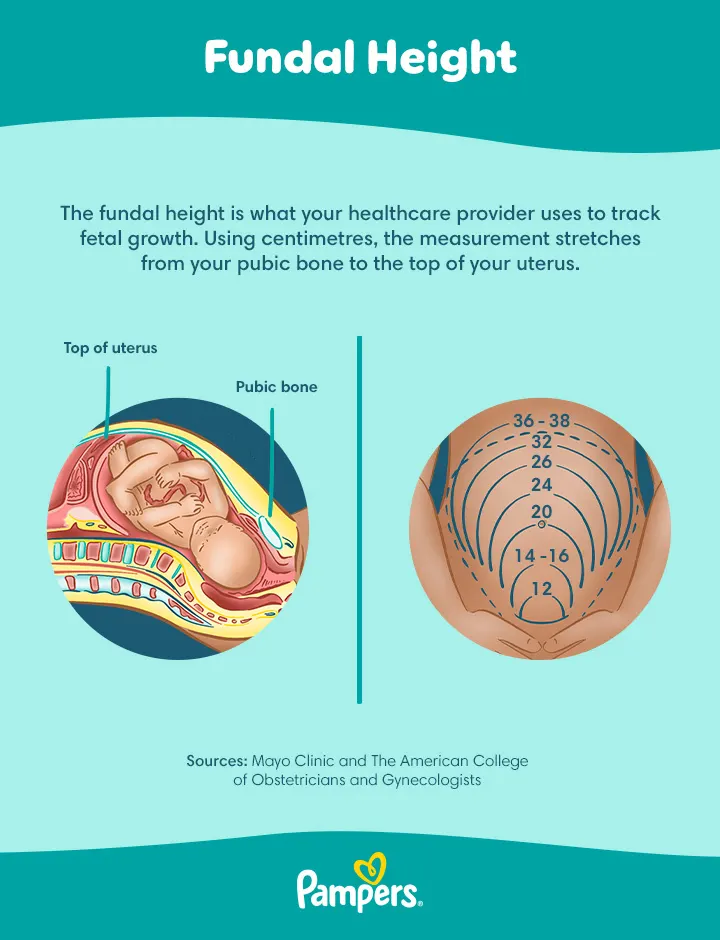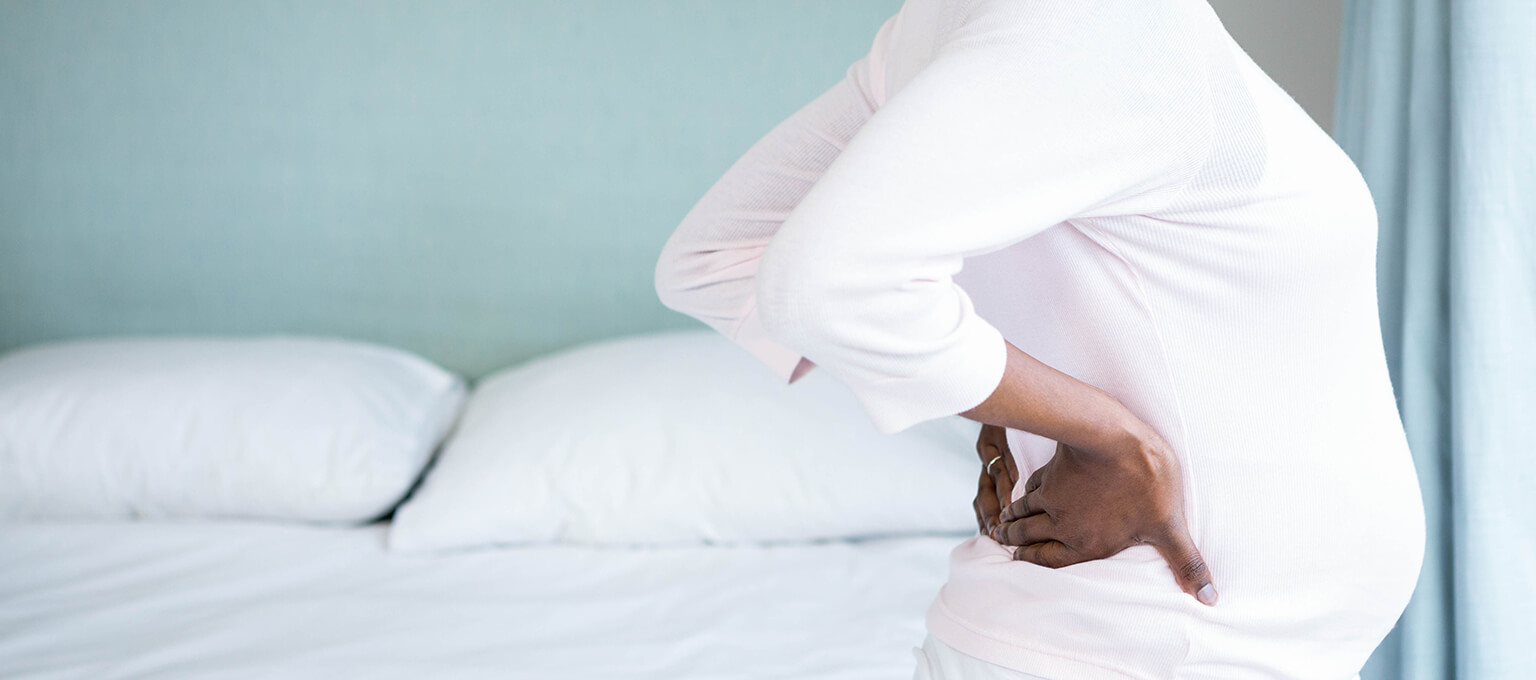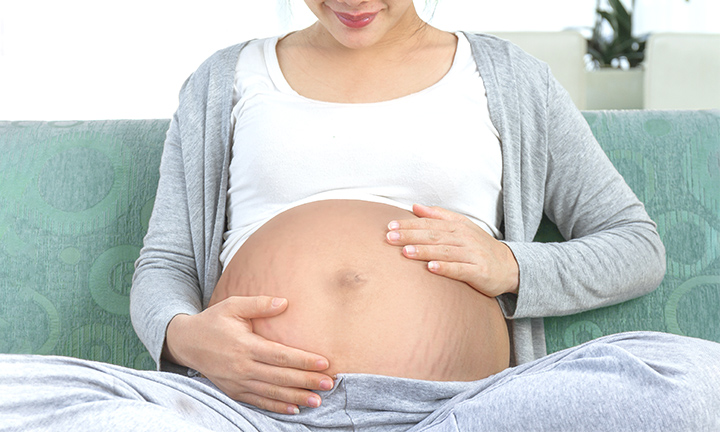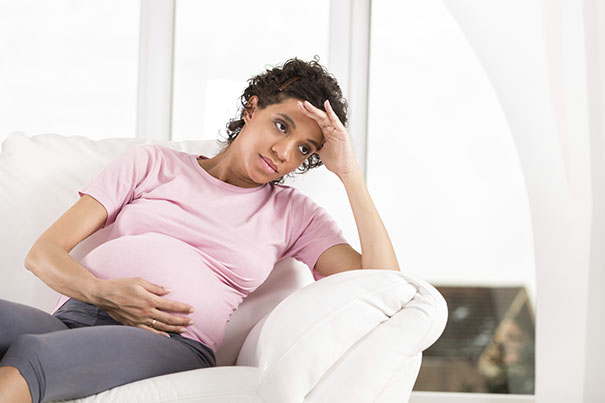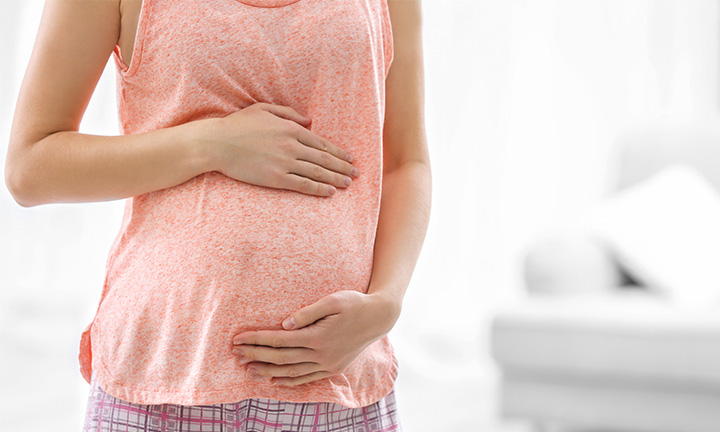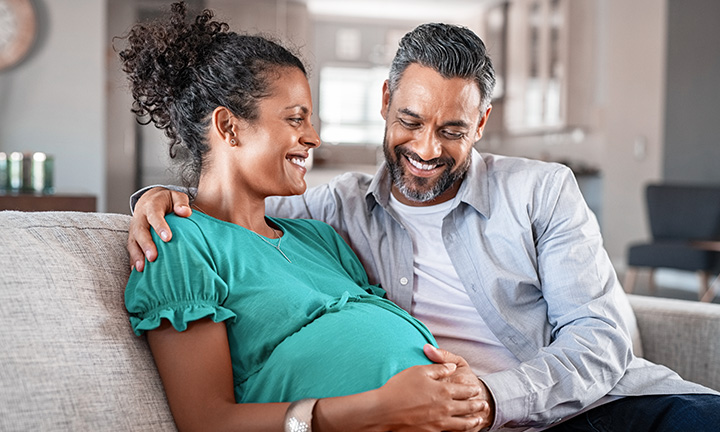
Your Baby Bump – When Does It Show?
One of the most consistent parts of your pregnancy is your baby bump – it’s with you every step of the way, and many find comfort in cuddling it and watching it grow. When a small baby bump shows up, it’s an exciting pregnancy milestone.
With this comprehensive week-by-week guide to your baby bump, you’ll learn how your body changes as your pregnancy unfolds.
When Does a Baby Bump Show?
Sometime around week 13 is when your baby bump may start to show. As your first trimester ends and the second trimester begins, your uterus will have increased in size and moved upwards. However, everyone is different and every pregnancy is unique. So, there’s no need to worry if your baby bump makes its debut earlier or later – even before you start to really ‘look pregnant’, there’s still plenty going on inside!
Throughout your pregnancy, you’ll experience normal changes in your body, as well as to your baby bump. Your midwife or doctor is the best person to turn to for personalised advice as you navigate your entire pregnancy journey, but keep reading to get a better sense of what to anticipate as you watch your belly expand.
Early Baby Bump Signs
As your baby bump starts to develop, it’s exciting to follow along! Here are a few early signs that your bump is about to show.
Tracking Your Baby Bump Week by Week
While you're on the lookout for any signs of baby bump growth, your midwife and/or doctor will monitor your progress at your regular antenatal check-ups to make sure that you and your baby are staying healthy. At about 24 weeks pregnant , your midwife or doctor may start measuring fundal height, which is the distance from the pubic bone to the top (fundus) of the uterus, using a measuring tape and/or abdominal palpitations.
Tracking fundal height can be a useful way of assessing your little one’s growth and development. Your midwife may plot the measurement (in centimetres) of your baby bump every two weeks or so on a chart.
Next, we’ll outline how your baby bump may grow and how your body might change week by week. You can also check out our pregnancy calendar for more details on the weeks, months and trimesters of pregnancy.
Weeks 1 to 4: The First Moments
You won't spot any baby bump growth within the first weeks of pregnancy. Your midwife will most likely calculate your due date from the start of your last menstrual period, which means that, depending on when you ovulate and when conception occurs, you may not actually be pregnant for the first week or two.
Baby Bump Growth and Pregnancy Symptoms
In weeks 1 to 4 of pregnancy, there won’t be any baby bump growth yet. However, there’s still a lot of important develops happening inside your uterus and body.
Weeks 5 to 8: Early Signs of Pregnancy
Maybe your first few weeks of pregnancy went by without much change, but you may start to finally ‘feel’ pregnant during weeks 5 to 8. Around this time, it’s common to experience some typical early pregnancy symptoms like a missed period, sore breasts, fatigue, flu-like symptoms, a metallic taste in your mouth or different emotions, but you probably won't see a baby bump emerge.
Baby Bump Growth and Pregnancy Symptoms
During weeks 5 to 8, you might feel some bloating, but there won’t be any significant baby bump growth yet. Still, your uterus will probably be about the size of a lemon and you’ll likely notice some of those aforementioned pregnancy symptoms.
Weeks 9 to 12: Your Changing Shape
Although baby bumps tend to start showing around 13 weeks, every pregnancy is different, so it’s possible to see a little belly growth earlier – don’t be shocked if you see a small baby bump start to emerge at 10, 11 or 12 weeks pregnant! You’re more likely to show a bit earlier if this isn’t your first pregnancy.
Baby Bump Growth and Pregnancy Symptoms
As mentioned, you might see some baby bump growth during this stage of your pregnancy, but probably nothing too significant. The biggest change that you may notice is the addition of new pregnancy symptoms.
Weeks 13 to 16: A Small Baby Bump
At this time during your pregnancy, it’s likely you’ll notice your baby bump starting to show, as your little one is growing quickly and may weigh around 25 grams. Your baby also comes with some extra padding that may add to your bump, such as a growing placenta, amniotic sac and amniotic fluid.
Baby Bump Growth and Pregnancy Symptoms
Chances are, you’ll see baby bump growth in weeks 14, 15 or 16. Another perk that you may experience around this time during your pregnancy is morning sickness and fatigue starting to subside as your hormones calm down.
Weeks 17 to 20: The Halfway Mark
Your week 17 baby bump might not be much bigger than the past month, but there’s potential for growth as your uterus moves up and out of your pelvis!
Along with reaching the halfway mark, you’ll have the option of what’s called a ‘20-week scan’ sometime between 18 and 21 weeks. This scan is also when you might be able to find out the sex of your baby. However, keep in mind that some hospitals don’t reveal gender predictions, so it’s a good idea to ask your midwife beforehand about your hospital’s policy. If you want to know your little one’s likely sex, tell the sonographer at the beginning of the scan.
Baby Bump Growth and Pregnancy Symptoms
Your uterus will expand all the way to your navel, so you’ll likely notice that growing baby bump! On the inside, lots of exciting things are also happening.
Weeks 21 to 24: Faster Baby Growth
If you didn’t look pregnant before, that’s about to change! As you make your way through the second trimester, you might notice your baby bump expanding quickly, even week by week. During this month in particular, your baby is growing at a faster pace.
Baby Bump Growth and Pregnancy Symptoms
Your bump is likely growing quickly, just like your baby. Gaining weight is normal, of course, but try to stick to a healthy pregnancy diet if you’re feeling hungrier than usual.
Weeks 25 to 28: Rapid Growth
You’re edging closer to the final stretch of your pregnancy! Your baby is developing rapidly at this point, and by the end of 28 weeks, your little one will be in full form. With all this growth comes some body changes for you, too.
Baby Bump Growth and Pregnancy Symptoms
The extra size and weight of your growing baby bump may cause a few common pregnancy aches and pains. During this time, it’s important to rest regularly. Also, at 28 weeks, you’ll officially be in your third trimester!
If you haven’t already, now is the time to tell your employer about your pregnancy, especially if you plan to accept maternity pay and benefits. Your partner may also be entitled to receive benefits.
Weeks 29 to 32: Moving on Up
Your due date is inching closer, which makes this month quite exciting for you and your baby bump. If you’re tracking your baby bump on a chart week by week, you’ll probably notice it expanding and putting more pressure here and there. Your baby and your bump will both go through one final growth spurt at this time.
Baby Bump Growth and Pregnancy Symptoms
Your uterus continues to get bigger this month, moving your baby bump up a bit. As your uterus sits toward the bottom of your rib cage on your lungs, you may feel a bit more breathless than usual. You might also feel a bit uncoordinated as you get used to the position and weight of your growing baby bump!
Weeks 33 to 36: Prepping for Labour
As you near the end of your pregnancy, your body might start preparing for labour by ‘practising’ with Braxton Hicks contractions. It’s possible to feel this ‘false labour’ earlier in your pregnancy, but rest assured that they aren’t actual contractions. Rather, you’ll probably feel a tightening sensation that doesn’t occur at regular or increasing intervals like contractions do. And although they may feel uncomfortable, Braxton Hicks shouldn’t be painful (talk to your midwife or doctor if they cause you pain).
Baby Bump Growth and Pregnancy Symptoms
At this time in your pregnancy, your baby bump is on full display. If you’re having multiples, you can expect a larger baby bump as you near labour.
Weeks 37 to 40: Almost There
Passing 37 weeks is the official mark of a ‘full-term’ pregnancy, though your foetus is considered ‘viable’ (can survive outside the womb) at 24 weeks. If your baby hasn’t already, they may ‘drop’ into the birthing position mentioned above. This position is known as ‘lightening,’ though your doctor may refer to it as ‘engaged.’
Baby Bump Growth and Pregnancy Symptoms
Labour usually starts sometime between 38 and 42 weeks, which means your baby bump is at its fullest! Though, keep in mind that multiples usually arrive a bit earlier and rarely go beyond 38 weeks. Since your baby is ready to be born and full-term, your baby bump might not expand anymore, even if you’re overdue.
FAQs at a Glance
Your baby bump may be visible at the beginning or in the middle of the second trimester, though pregnancy is different for everyone. If yours appears earlier or later, that’s normal!
The Bottom Line
Tracking your baby bump by week can be an exciting part of your pregnancy journey. Using a week-by-week baby bump chart (or taking a weekly photo) and knowing when your baby bump might show does make the process a bit more fun!
In the end, the exciting and expanding journey is worth it. Before you know it, you’ll be cuddling your sweet little newborn and looking back on all those baby bump pictures!
The information in this article is based on the expert advice found in trusted medical and government sources, such as the National Health Service (NHS).The content on this page should not replace professional medical advice. Always consult medical professionals for full diagnosis and treatment.
Read more about Pregnancy
Related Articles
Join Pampers Club and get:
